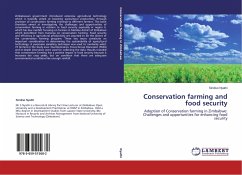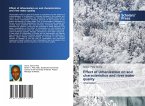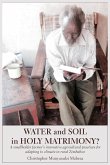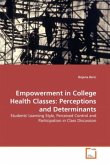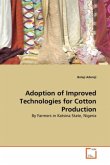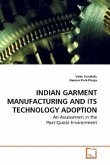In the past, many soil and water conservation(SWC) practices were introduced in Ethiopia. However, those technologies failed to win acceptance of the land users because of their limitations and constraints. Thus, identification of constraints in relation to the adoption of soil and water conservation practices is of paramount importance. The study was undertaken in the environs of Simen Mountain National Park, Ethiopia. It is evident from this study that socio economic and institutional factors influence the level of investment of households commit to soil and water conservation. The result of the model shows that the explanatory variables: the number of the years the household made farming as a living, the total household labor, extension agent visit and farmers' level of perception on soil erosion are significantly related to adoption of soil and water conservation practices by the farmers. The interaction and relation among the national objectives, soil and water conservation objectives (technical), and farm household objectives, pose a multiple trade-offs, which require multi location studies in the country.



